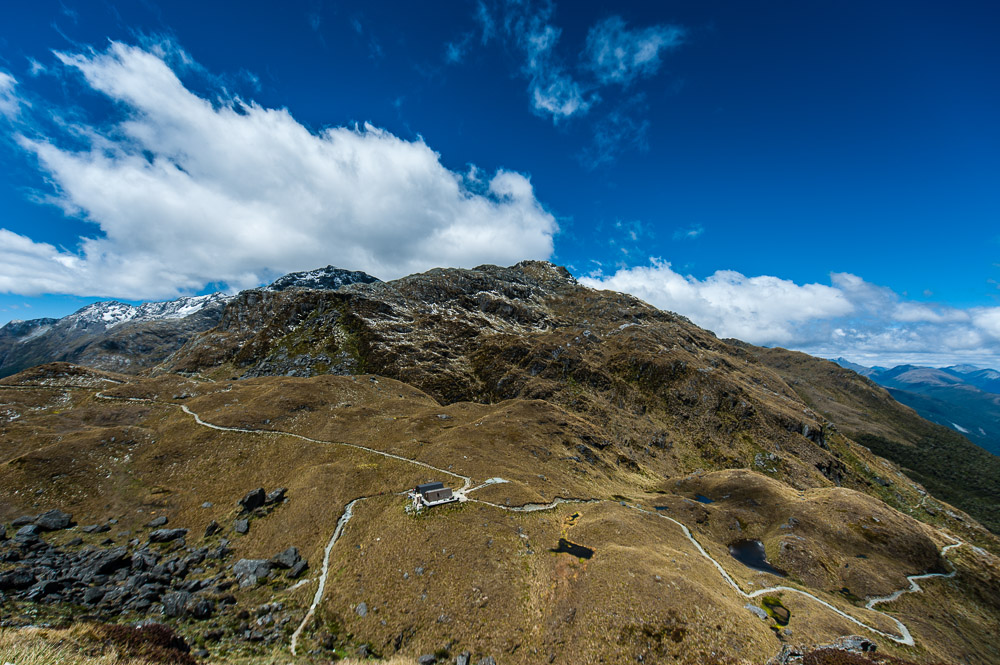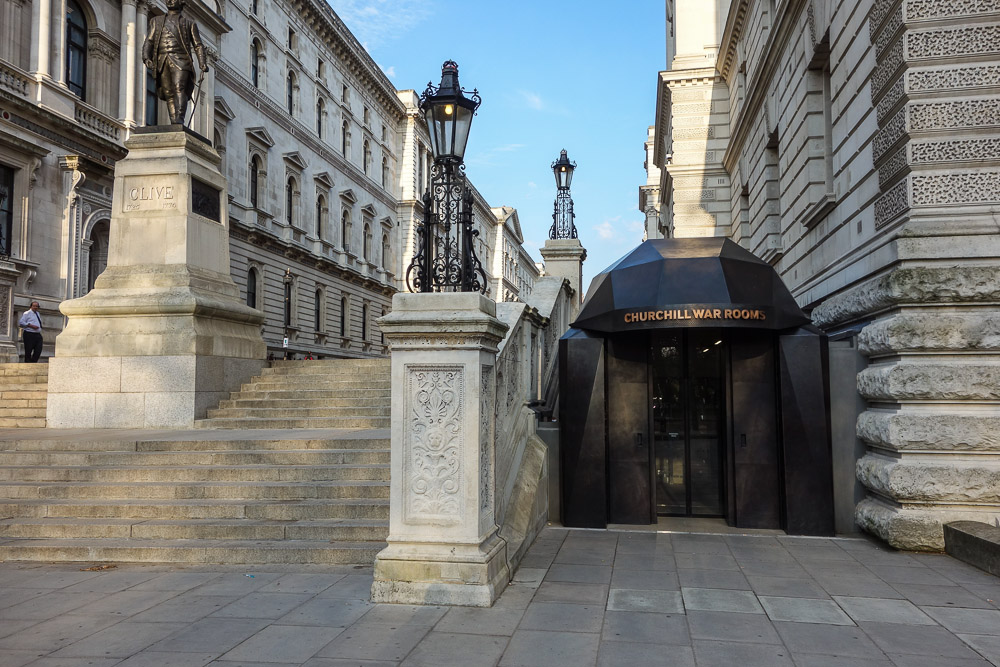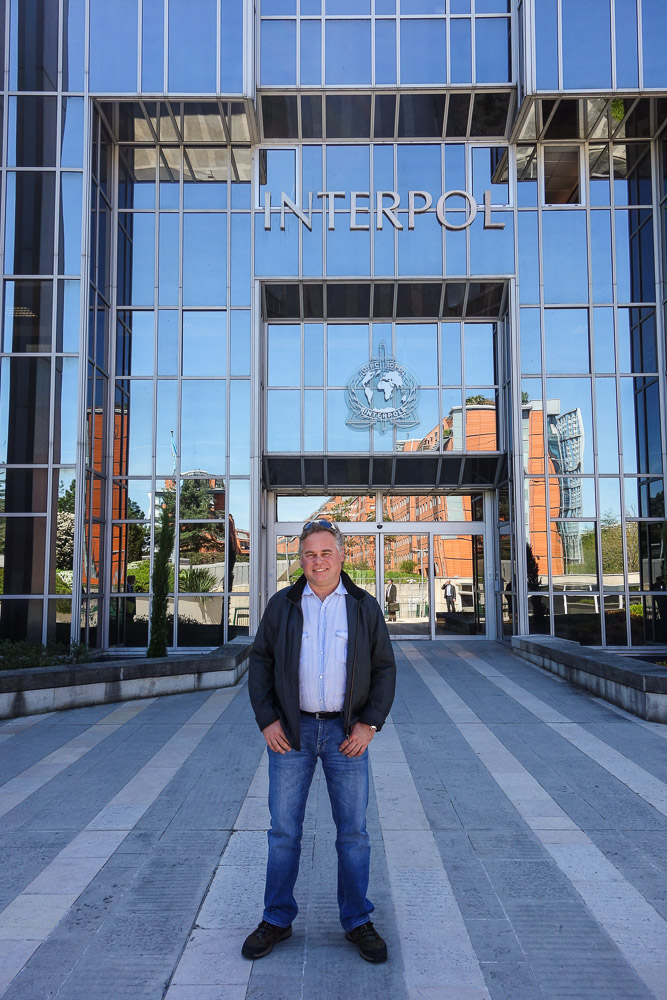June 5, 2013
New Zealand-2013. Finale. Days 15-17. Mistakes, breakfasts, and conclusions.
NZ-2013. Day 15. Mistakes.
Those of you who’ve been following me around NZ with this travelogue will already know how unexpected torrential rain ruined our plans several times. Despite our heroic efforts to see everything, multiple shuffling of the route, and the extra hundreds of miles on the road – some must-sees remained inaccessible and thus unseen. They’ll just have to wait till next time…
Anyway, today I’ll be telling you a little about what we missed, just to make this travelogue exhaustive in terms of its covering all the must-sees of NZ – given good weather.
There were five must-check-outs we missed, as follows:
1. State Highway 6 – along the west coast of the South Island. We got to see only its northern section, but if the southern part is as beautiful – a leisurely drive along it is mandatory. Especially for lovers of hairpin bends :).












